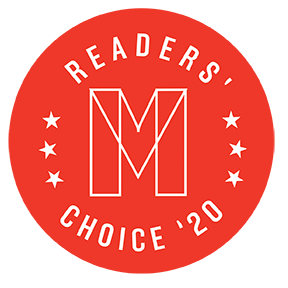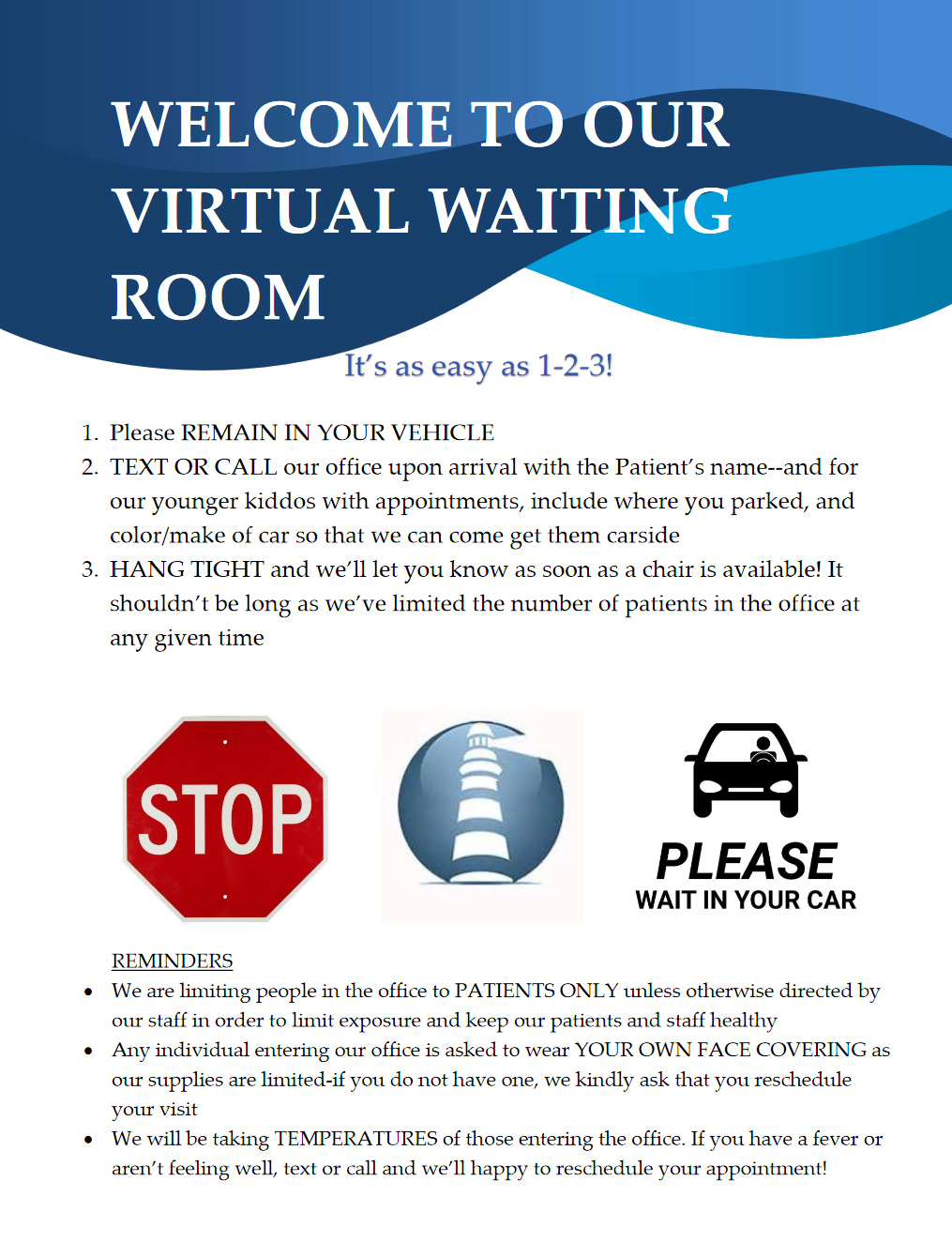An oral malocclusion refers to misalignment issues with our teeth and jaws. Oftentimes, our teeth can grow in misshapen or rotated and will need to be adjusted to an ideal setting. Orthodontic aligners and braces are fantastic tools to use to straighten teeth and enhance our smiles.
Do you suffer from an oral malocclusion? If you are not sure, here are some common types:
– Deep bites, also named closed bites, consist of extreme forms of overbites in which the lower incisors bite into the area behind the upper incisors.
– Misplaced midlines are malocclusions that ensue when the center of your incisors fails to properly line up with the center of your lower incisors.
– Overbites, also named upper protrusions, overjets, or buck teeth, consist of the upper incisors (front teeth) protruding our further than the lower incisors.
– Open bites are malocclusions having disconnected top and bottom incisors when biting down.
– Crossbites are malocclusions that ensure when the lower jawbone protrudes further out than the upper jawbone.
– Some malocclusions consist of overcrowded teeth. In this case, there is not enough space between each tooth, causing connections between the teeth, with bends and curvatures often taking place. Spacing issues can also refer to too much space between the teeth, which can cause irregular shifting among the teeth.
– Underbites, also named bulldog teeth, consist of the lower incisors protruding our further than the upper incisors.
– Some other types of malocclusions include extra or missing teeth, various types of rotation issues, and transposition malocclusions.
If you have a misalignment issue and are looking for orthodontic treatments, you can contact [practice_name] to schedule an appointment with Dr. [doctor_name]. We can be reached by calling us at [phone] or stopping by our office in [city], [state]. It’s never too late to fix your smile!










 Schedule A Complimentary Consultation
Schedule A Complimentary Consultation Virtual Waiting Room
Virtual Waiting Room






